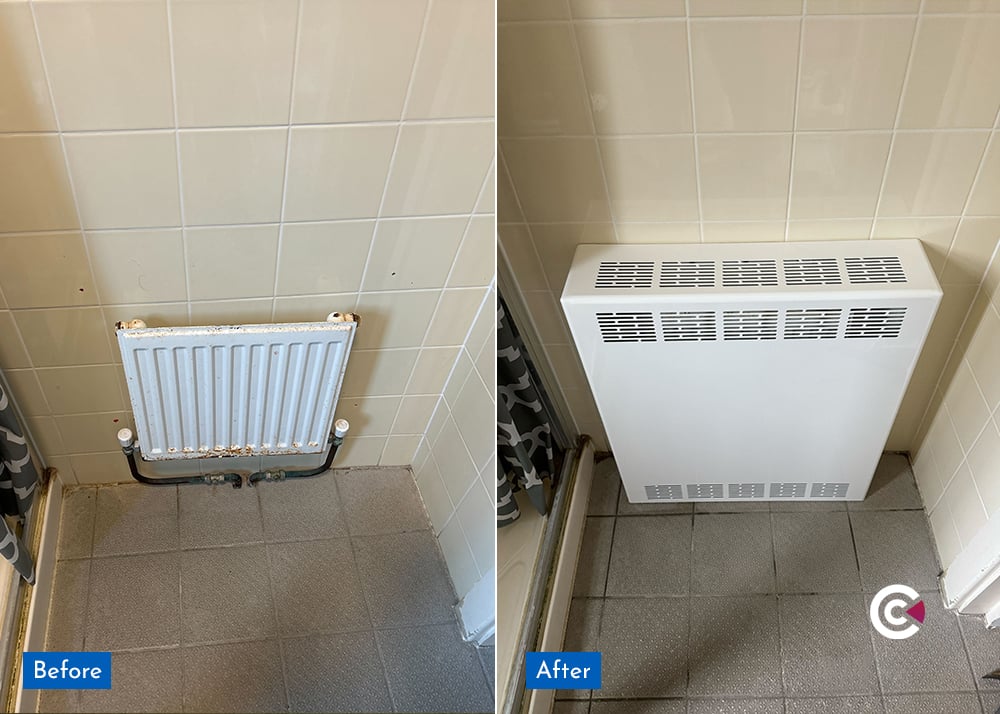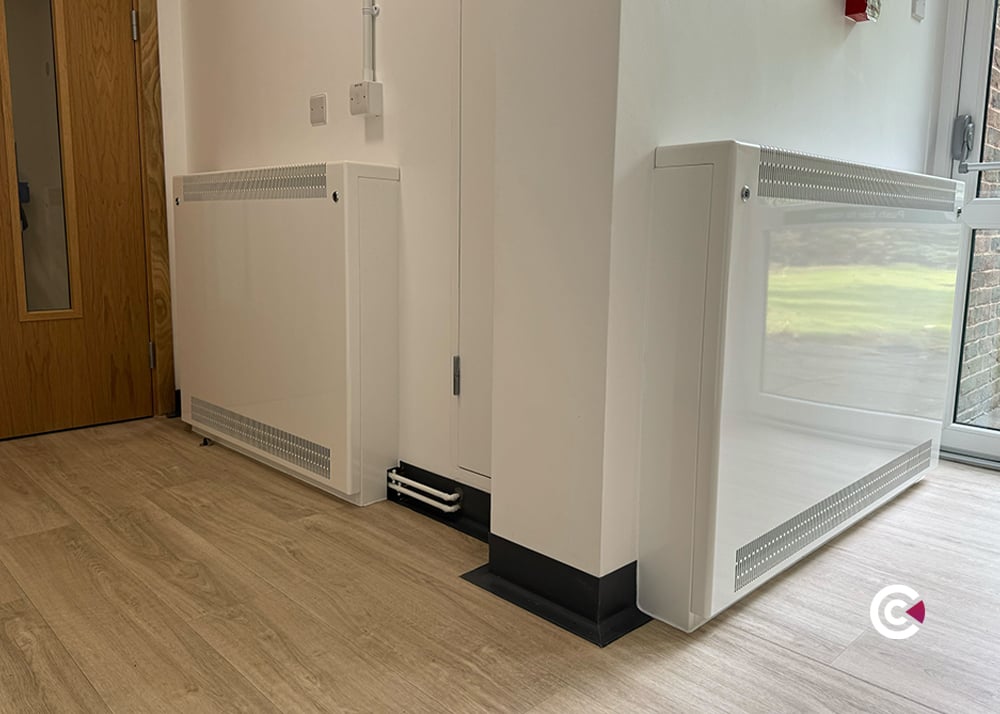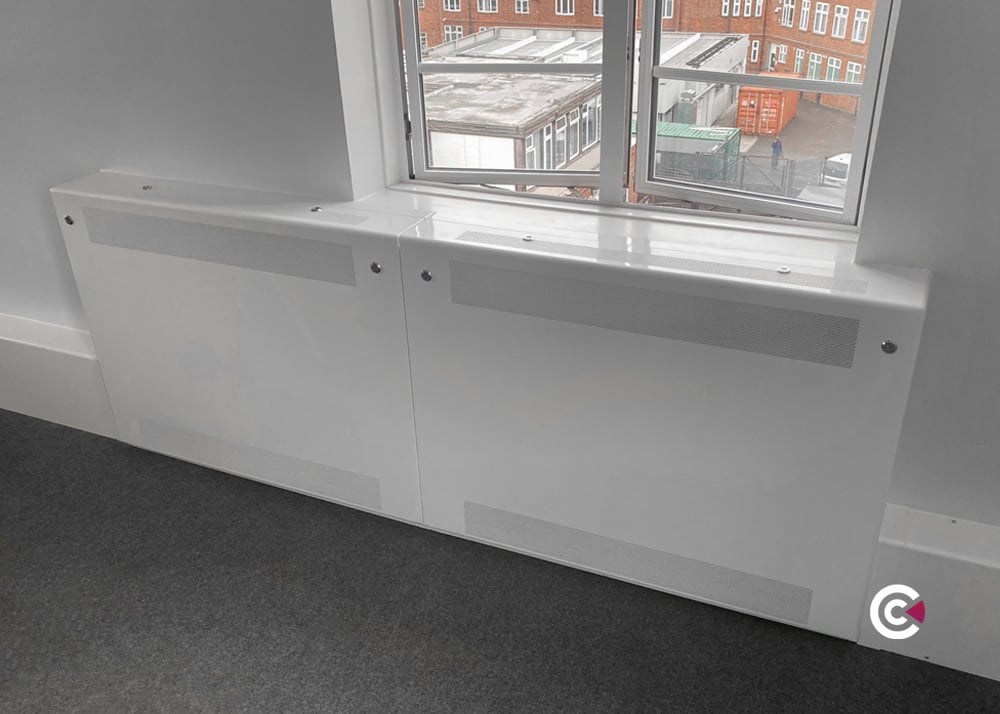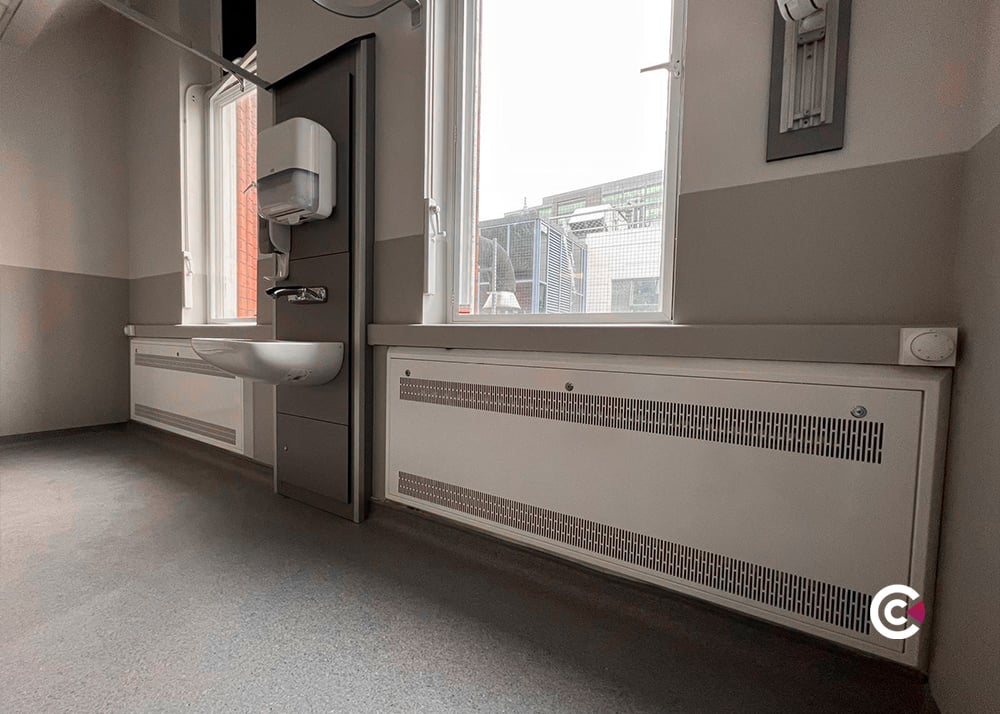Three-quarters of people who kill themselves while on a psychiatric ward do so by hanging or strangulation. This alarming statistic has prompted mental health establishments to assess the ligatures within their wards to minimise the risk of suicide and self-harm.
Contour’s anti-ligature products have been manufactured with these statistics in mind, creating solutions aimed at reducing suicide and self-harm rates.
Every Trust in a given Local Authority will have its own anti-ligature policies. They will all be based on official NHS guidelines regarding the care and well-being of patients in mental health facilities.
This blog aims to draw together all the official guidance surrounding the reduction of ligature risks so that it is in one place. This should hopefully provide you with the clarity and knowledge required to make the most informed decisions when specifying and choosing products.
Legal Framework And Process/Methodology For Assessing Risks
This is a general overview, applicable to every workplace environment. Employers should seek to ensure that the health safety of their employees and persons not in their employment. This legislation is shared by both The Health and Safety at Work Act (1974) and The Management of Health and Safety of Work Regulations (1999).
Common Law also adds that if employees and others’ care is not reasonable, employers may be sued by anyone who suffers a loss, for damages.
Although this legal framework does not address ligature risks directly, it’s important to understand the responsibilities employers’ have in ensuring the safety and well-being of employees and those in their care.
The Challenge With Managing Ligatures
It is not possible for all ligature points to be identified and/or removed. We simply haven’t come up with a technical solution that will completely eliminate all ligature risks.
Therefore, we aim to consciously state that our products do not eliminate the risk altogether. Instead, we say they reduce the risk to a standard that is of a high-quality.
According to The Camden and Islington NHS Trust (2017), a judgement must be made about the likelihood of something being used as a ligature point and the control measures required for that area. This is where specifiers and architects need to assess the design of their space and choose products aimed at limiting ligature risks.
Ligature Risks
The Care Quality Commission (2015) highlights that a risk posed by a ligature point is greater if:
- It is in a private room that service users spend time in without direct supervision by staff.
- It is in an area/ward used by high-risk patients.
- The ligature point is between 0.7 metres* and 4 metres from the ground.
- The ward is designed poorly,
- There are too few nurses on duty.
*Despite official guidance, we have found that ligature points bellow 0.7 metres also pose a risk, prompting those to assess accessibility of table legs, bed legs, etc.
As an architect or specifier, we recommend that these risks are taken into consideration during the design process of any new projects.
As a ward manager, we recommend that you assess your current ligature risks in high-risk areas and consider any appliances/furniture that may need replacing or upgrading.
We also suggest that you assess those ligature risks that need to remain, as removing them may create a greater risk to the patient; for example, grab rails for elderly patients at high risk of falls.
The Care Quality Commission will pay close attention to the areas highlighted above during their inspection, so it’s worth assessing ligature risks in those four main areas.
Undertaking Ligature Risk Audits
The Camden and Islington NHS Trust (2017) recommends that you undertake a ligature risk audit every six months. In the event of an incident or near miss occurring, an audit should be taken following the incident.
Ligature Points On Specific Ward Types
The Standards for Inpatient Mental Health Services (2017) highlights the differing ward types and recommend certain measures to be put in place when managing ligature risks.
General In-Patient Wards And Psychiatric Intensive Care Units (PICU)
Potential ligature points should be managed as part of an individual and ward risk assessment.
Low Secure Services
There should be a system in place for staff to report any ligature points, and a prompt follow-up action if any are identified.
Furnishings should minimise the potential for fixtures and fittings to be used as weapons, barriers of ligature points.
Medium Secure Services
Bathroom and shower areas should be free of ligature points. There should also be a formal procedure in place to assess any clinical environment for ligature risks at least every six months.
High Secure Services
According to the Department of Health High Secure Building Design Guide, interiors, furniture, and fittings should be designed to ensure that they minimise the possibility for use for self-harm or as a ligature.
Section 136 Assessment Facilities (Places Of Safety)
Assessment rooms in psychiatric facilities must have no ligature points.
Conclusion
We hope that this has provided ward managers, architects and specifiers with the official guidance needed to manage ligature risks appropriately.
If you would like to learn more about Contour’s anti-ligature products, talk to one of our experts today or fill out the form below.
About Us
Contour produces a range of innovative, safe surface temperature systems for healthcare, education, mental health, commercial and secure sectors, working in close partnership and collaborating with architects, M&E engineers, NHS Trusts, local authorities, design consultants and contractors to deliver outstanding safe heating solutions.
Contour is the exclusive partner of BioCote® anti-microbial technology for LST and anti-ligature radiators. BioCote® additives reduce bacteria by up to 99.9%. Contour combines an extensive range of colour-paints is with BioCote® for a durable, high-quality finish.
Contour’s heating solutions offer secure, single-person quick access to radiator guard interiors for regular deep cleaning and maintenance. Each year, Contour save the NHS millions of pounds in cleaning costs, therefore delivering.
-1.png)


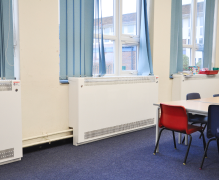
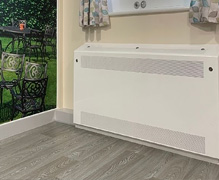
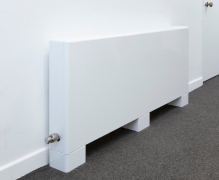
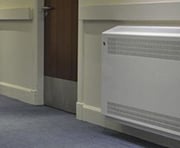
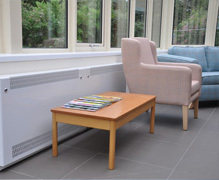

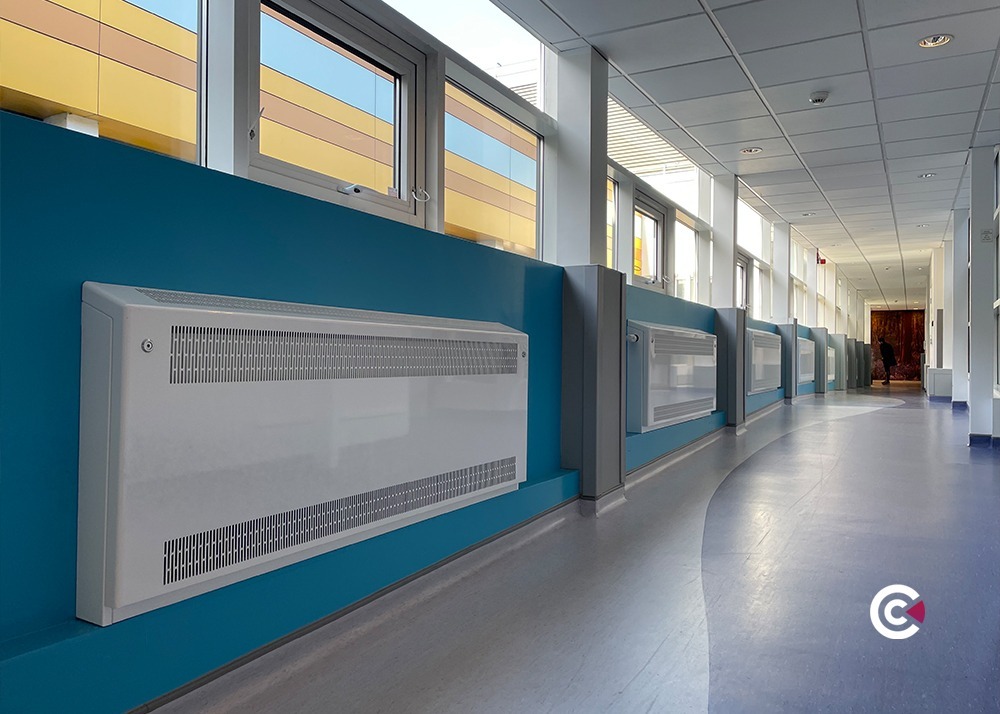
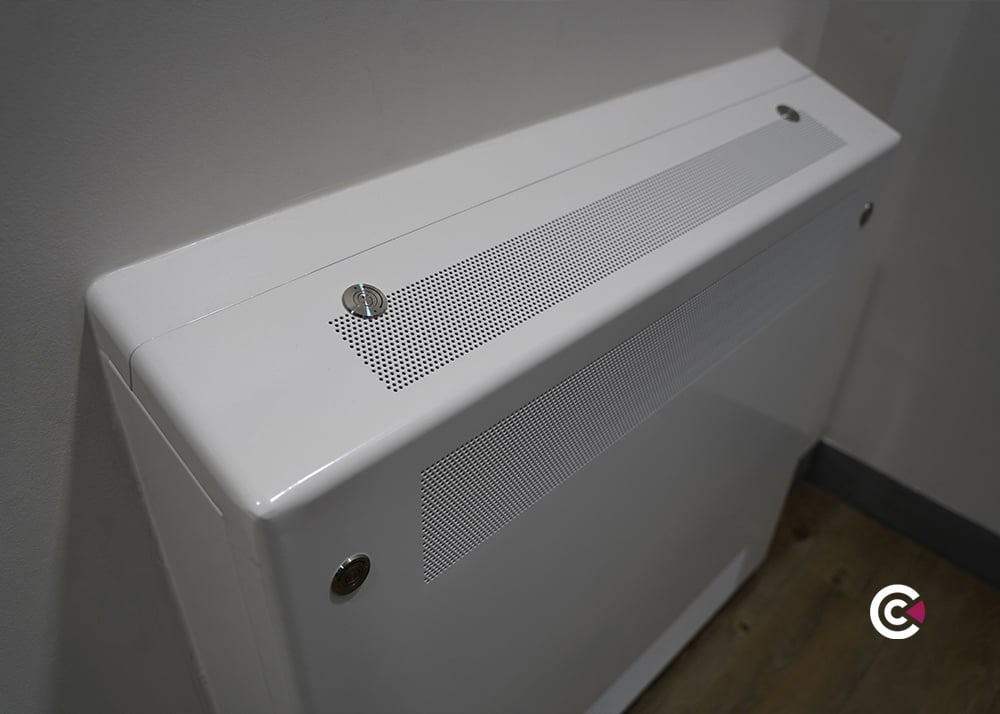

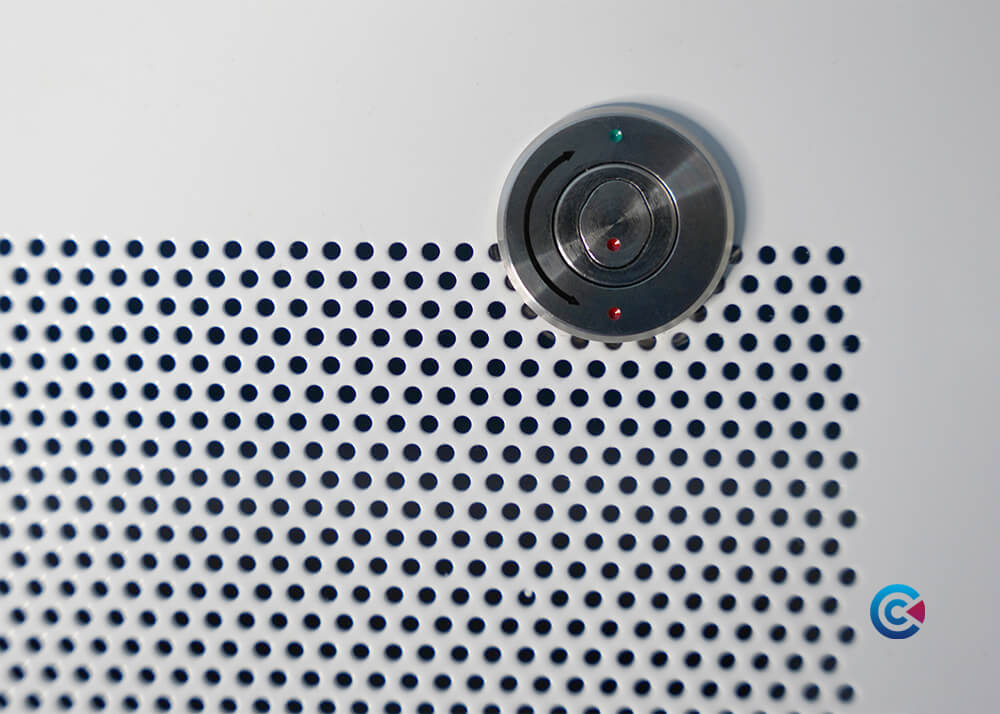





/anti-ligature%20vent%20grilles.jpg)

